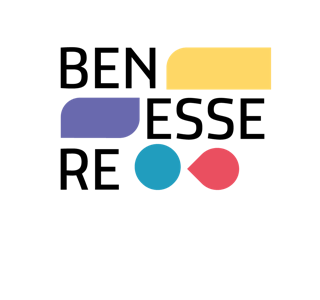Glossary
glossary /glo's:arjo/ n. m. [from Latin glossarium, derivative of glossa: see glossa1]. – Collection of words, mostly archaic or rare, or otherwise requiring explanation, generally arranged in alphabetical order and followed by a definition or other remarks; it may draw entries from a particular historical moment in the evolution of a language (and in this case takes the form of a common dictionary), or from a single text or author, and then often takes the form of an index placed at the end of the work [...]. From treccani.it, Online Vocabulary.
Our glossary is scalable, navigable, and hypertextual, where entries are defined and redefined, sometimes by the authority of history and scientific and social disciplines, sometimes by the force of facts, an intuition, an inspiration.
It gathers both the words that describe the world we live in, and the words that outline the world we seek, according to the many perspectives of accessibility.
Glossary Letters
Accessibility
Accessibility to cultural heritage means the possibility for all people to access, enjoy, and participate in cultural heritage, ensuring inclusion and equality by overcoming physical, sensory, cognitive barriers, as well as economic or cultural ones.
The public enjoyment of Italian cultural heritage is already indicated in Legislative Decree No. 42 of 22 January 2004, Code of Cultural Heritage and Landscape, pursuant to Articles 3 and 6, as the institutional purpose of protection and enhancement activities, aiming to guarantee «also to persons with disabilities» accessibility to cultural sites. At the European level, various directives and guidelines on the accessibility of cultural assets have been issued, as well as internationally with the UN Convention on the Rights of Persons with Disabilities of 2006, concerning the right of access to culture.
The Faro Convention also addresses accessibility as a tool to «encourage everyone to participate: in the process of identification, study, interpretation, protection, conservation, and presentation of cultural heritage; in reflection and public debate on the opportunities and challenges that cultural heritage represents». According to the Convention, accessibility aims to encourage «taking into account the value attributed by each heritage community to the cultural heritage with which it identifies; recognizing the role of volunteer organizations, both as partners in activities and as bearers of constructive criticism towards cultural heritage policies». Furthermore, accessibility serves to «promote actions to improve access to cultural heritage, particularly for young people and disadvantaged individuals, in order to raise awareness of its value, the necessity to conserve and preserve it, and the benefits that may result».
[La partecipazione alla gestione del patrimonio culturale. Politiche, pratiche ed esperienze, 2023, Scuola nazionale del patrimonio e delle attività culturali]
Accessibility
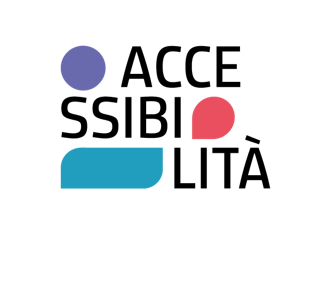
Activism
Museums, and the narratives they propose, can be neither objective nor neutral: it is from this awareness that we must rethink the way heritage is exhibited, interpreted, and communicated. We hope that in the design of exhibitions, museums, and generally in shared living spaces, non-conforming minds and bodies will be considered, dismantling the idea of a ‘norm’ by which environments and events are still organized.
We believe that museums, exhibition spaces, and cultural institutions can be essential promoters of a change towards a more equitable society.
[Gruppo di Lavoro Accessibilità, ICOM Italia, 10 parole, 2024, edited by Irene Balzani, Sofia Bilotta, Rosa Di Lecce, Irene Innocente, Federica Pascotto]
Activism

Agency
Agency is the ability to act actively and transformatively within the context in which one is placed, a capacity that arises from the belief in being able to exert influence over situations or the state of affairs.
There are two types of agency to encourage: that of every individual within the museum context and that of the museums themselves in society, where, by virtue of their role and responsibilities, they can generate positive change.
[Gruppo di Lavoro Accessibilità, ICOM Italia, 10 parole, 2024, edited by Irene Balzani, Sofia Bilotta, Rosa Di Lecce, Irene Innocente, Federica Pascotto]
Agency
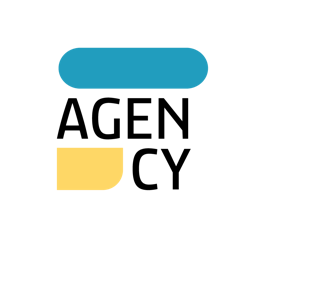
Co-design
Nothing about us without us is the motto that corresponds to the principle that every person has the right to have control and responsibility over their choices. In museums, this translates into the constant need to listen to and involve multiple audience segments: various professional figures, people with disabilities or those living particular conditions, but also different ages, cultures, origins, and gender identities.
Co-design means creating together with audiences, using the senses, other languages and forms of expression, and then evaluating the effectiveness and value of the proposals, in a constant and reciprocal exchange.
[Gruppo di Lavoro Accessibilità, ICOM Italia, 10 parole, 2024, edited by Irene Balzani, Sofia Bilotta, Rosa Di Lecce, Irene Innocente, Federica Pascotto]
Co-design

Community
Every museum must consider the various communities, understood as relational systems, and represent them. Museums can also promote a sense of mutual connection, permeability between different groups, and in turn create plural communities. As an institution, the museum must also ensure that every visitor feels comfortable and recognized as part of the museum community.
[Gruppo di Lavoro Accessibilità, ICOM Italia, 10 parole, 2024, edited by Irene Balzani, Sofia Bilotta, Rosa Di Lecce, Irene Innocente, Federica Pascotto]
Community
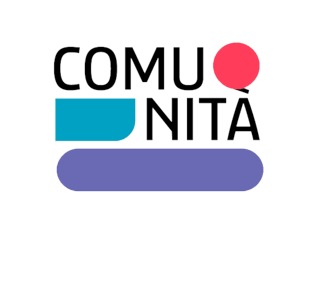
Cultural Identity
Cultural identity is the set of elements that allows a group to recognize itself in its own originality and refers to those distinctive and unique components of an individual or group that share common values and traditions. Cultural identity gives the group its own sense of belonging, without confusion or alteration. In the Faro Convention, cultural heritage is an integral part of the process of«building a peaceful and democratic society, in sustainable development processes promoting cultural diversity» (art. 1). With the ratification of the Convention, Italy has committed to creating synergy among public, institutional, and private actors to achieve these objectives. The Convention requires not only the preservation of one's own cultural identity but also respect for the cultural identity of others and, therefore, of the European identity. Article 7 of the Faro Convention commits States to ensure that public authorities and other competent bodies engage and encourage citizens to reflect on ethical solutions, methods of presenting cultural heritage, and respect for the diversity of interpretations. Respect for cultural identity according to the Faro Convention thus means respect for the other and dialogue with other cultural identities.
[La partecipazione alla gestione del patrimonio culturale. Politiche, pratiche ed esperienze, 2023, Scuola nazionale del patrimonio e delle attività culturali]
Cultural Identity
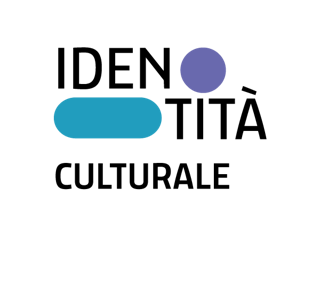
Design for all
Designing for every person means considering accessibility not as something corrective or supplementary but as a fundamental principle, with the awareness that what benefits people with disabilities improves the experience for everyone. Following the principle of Design for all means considering the needs of all visitors and avoiding designing for bodies and minds that conform to a supposed ‘norm’.
[Gruppo di Lavoro Accessibilità, ICOM Italia, 10 parole, 2024, edited by Irene Balzani, Sofia Bilotta, Rosa Di Lecce, Irene Innocente, Federica Pascotto]
Design for all

Participation
The Faro Convention (2005) encourages «everyone to participate in the process of identifying, studying, interpreting, protecting, conserving and presenting cultural heritage».
Participation means giving each person an active role, and the museum is called upon to listen, stimulating and nurturing the creative and expressive potential of communities, the territory, and every single visitor.
The participatory approach is a principle that transforms the museum into a place of active citizenship where people are invited to contribute to new collective processes and meanings.
[Gruppo di Lavoro Accessibilità, ICOM Italia, 10 parole, 2024, edited by Irene Balzani, Sofia Bilotta, Rosa Di Lecce, Irene Innocente, Federica Pascotto]
Participation
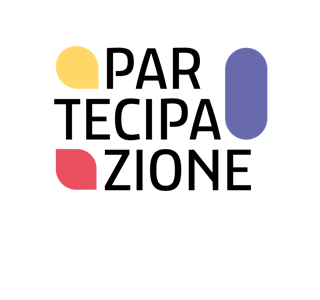
Participatory governance
In the Conclusions of the Council on Participatory Governance of Cultural Heritage (2014/C 463/01), the Council of the European Union recognizes in Article 9 that participatory governance of cultural heritage «within the framework of public interventions, seeks the active participation of stakeholders – that is, authorities and public bodies, private actors, civil society organizations, NGOs, the volunteer sector, and interested individuals – in the definition, planning, implementation, monitoring, and evaluation of policies and programs concerning cultural heritage in order to increase the accountability and transparency of public resource investments and to enhance public trust in political decisions».
Within the framework of the EU Work Plan for Culture (2015-2018), the definition of governance does not translate into a universally applicable formula for all circumstances and locations. Rather, it is a process that requires stakeholders to invest time, energy, and financial resources and demands qualified personnel, new organizational measures, openness to listening, and commitment to the patient building of relationships, yet it rewards in terms of accountability and transparency of public resource investments and trust in the public actor in the decision-making process.
[La partecipazione alla gestione del patrimonio culturale. Politiche, pratiche ed esperienze, 2023, Scuola nazionale del patrimonio e delle attività culturali]
Participatory governance
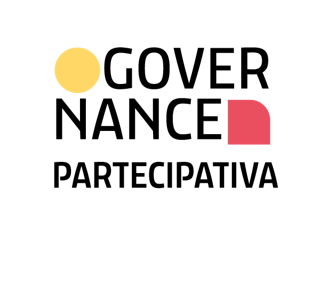
Point of view
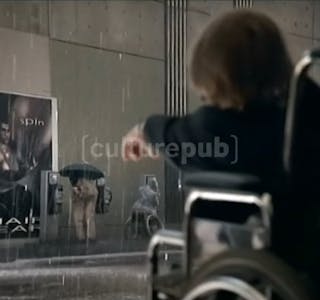
Prejudice
Prejudice
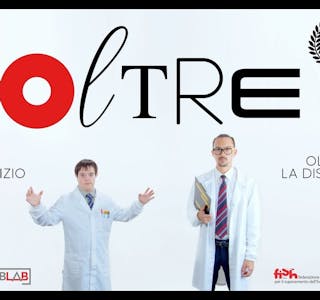
Relationship
Museums are places of relationships: between visitors and heritage, between staff and visitors, and among the visitors themselves. Building and nurturing strong and lasting relationships and a trust-based connection with the local community and all stakeholders is essential to create an accessible museum.
Moreover, within every museum, fostering encounters and enhancing connections means promoting a culture of accessibility.
[Gruppo di Lavoro Accessibilità, ICOM Italia, 10 parole, 2024, edited by Irene Balzani, Sofia Bilotta, Rosa Di Lecce, Irene Innocente, Federica Pascotto]
Relationship

Rights of/to cultural heritage
Traditionally, the right to cultural heritage has been discussed in relation to the enjoyment of the asset itself. With the ratification of the Faro Convention, a normative shift was marked from the right 'of' cultural heritage to the right 'to' cultural heritage, that is, the individual or collective right to benefit from the heritage. This shift has been described as a Copernican revolution that introduces «the protagonism of the most active components of society, not in conflict, but in synergy with disciplinary expertise, which should draw energy from this protagonism to regenerate themselves» (Manacorda 2022).
Article 1 of the Faro Convention, in fact, introduces the concept of «recognizing that the right to cultural heritage is inherent in the right to participate in cultural life». Article 4 of the Convention further specifies that everyone, alone or collectively, has the right to benefit from cultural heritage and to contribute to its enrichment. This definition finds its roots in the Universal Declaration of Human Rights of 1948, which recognizes the absolute right of the individual to freely enjoy the cultural life of the community, to «enjoy the arts and to participate in scientific progress and its benefits» (art. 27). This provision was later also included in the International Covenant on Economic, Social and Cultural Rights of 1966. Thus, the discussion is not only about the 'right' to receive benefits from the enjoyment of cultural heritage but also, both individually and collectively, about the duty to participate in its creation and enrichment (art. 5).
[La partecipazione alla gestione del patrimonio culturale. Politiche, pratiche ed esperienze, 2023, Scuola nazionale del patrimonio e delle attività culturali]
Rights of/to cultural heritage

Threshold
All museums have a physical threshold and simultaneously represent a metaphorical threshold as spaces that connect people and cultural heritage. As social places, they bring together people with diverse cultures, backgrounds, ages, religions, gender identities, and sexual orientations. Recognizing thresholds is the first step in encouraging their crossing, transforming them into permeable boundaries that foster connection.
[Gruppo di Lavoro Accessibilità, ICOM Italia, 10 parole, 2024, edited by Irene Balzani, Sofia Bilotta, Rosa Di Lecce, Irene Innocente, Federica Pascotto]
Threshold

Welcome
Accessibility concerns and involves the entire institution, from management to front-line staff. This requires rethinking spaces, tools, services, and activities in order to meet the needs and desires of all possible visitors. In this process, hospitality represents a crucial point as the first contact with the public, and therefore requires particular care and attention. Hospitality, like any other action undertaken by museums, must ultimately aim at «respect for inherent dignity, individual autonomy including the freedom to make one’s own choices, and independence of persons» (UN Convention on the Rights of Persons with Disabilities, 2006).
[Gruppo di Lavoro Accessibilità, ICOM Italia, 10 parole, 2024, edited by Irene Balzani, Sofia Bilotta, Rosa Di Lecce, Irene Innocente, Federica Pascotto]
Welcome
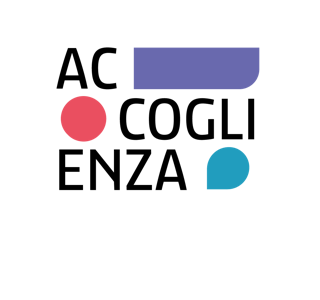
Well-being
The contribution of culture and museums to the improvement of individual and collective well-being and health is now widely recognized. Museums can have a positive impact on people’s psychological well-being and mental health by helping to reduce stress, stimulate creativity, critical thinking, and social interaction.
Ensuring broad accessibility (creating conditions that promote the physical, mental, and emotional comfort of visitors) therefore also means contributing to improving health as a fundamental right of the individual and the community.
[Gruppo di Lavoro Accessibilità, ICOM Italia, 10 parole, 2024, edited by Irene Balzani, Sofia Bilotta, Rosa Di Lecce, Irene Innocente, Federica Pascotto]
Well-being
